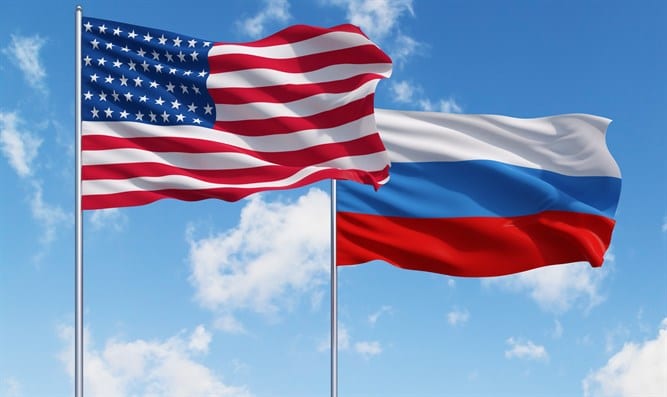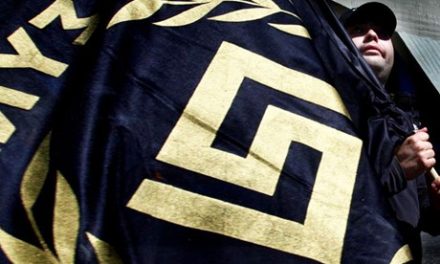Divide-and-conquer might well have been the mantra of the Russians who interfered in the 2016 presidential election with the goal of putting Donald Trump in the White House.
Chilling new details of their sophisticated disinformation campaign emerged this week, confirming that a Russian company with ties to Russian President Vladimir Putin used the biggest names in American technology to spread disinformation, poison the electorate and enrage voters.
Two new reports for the Senate Intelligence Committee describe how the Russians heavily targeted Americans with deceitful messages on Facebook, Twitter, YouTube, Instagram and other social media platforms.
No matter who their targets were, the Russians played on ingrained ethnic, racial or political divisions. They had a dark, sinister view of America, spawning a plot that sought not only to undermine the election but to tear at some of America’s greatest strengths — its diversity and openness.
To garner support from conservatives, for example, a company known as the Internet Research Agency used anti-refugee, pro-immigration reform themes — the same themes that Trump himself often employed.
For likely Democratic voters, they sought to suppress the vote by, for instance, stirring up anger among African-Americans against Hillary Clinton. One false YouTube title read: “HILLARY RECEIVED $20,000 DONATION FROM KKK.” Many messages suggested that the best way to advance the cause of the African-American community was to boycott the election, according to the report led by cyber security company New Knowledge. Or to vote for Green Party candidate Jill Stein. Other tweets were “designed to create confusion about voting rules.”
Whether the Russians were acting in concert with the Trump campaign, we’ll leave for special counsel Robert Mueller to determine. But even if they weren’t, their goals and tactics were shockingly similar — an odd confluence of interests between a foreign adversary and the man now sitting in the Oval Office.
In the final weeks of the 2016 presidential race, for instance, the Trump campaign ran an online operation called Project Alamo, which included “three major voter suppression operations,” a senior official told Bloomberg. The targets? Idealistic white liberals, young women and African-Americans.
The Russian interference didn’t stop with the 2016 election. Since May 2017, when Mueller was appointed, the Russians have nimbly turned their social media fire on him and former FBI director James Comey, falsely claiming that both were corrupt and “that the emerging Russian stories were a ‘weird conspiracy’ pushed by ‘liberal crybabies.’ ”
Sound familiar? Sure does, if you’ve followed Trump’s tweets on “Mueller and his gang of Angry Dems” and their “witch hunt.”
It is not unreasonable to see the Russian attack as a sort of digital version of 9/11. No one was killed, of course, but a foreign adversary sought to strike at one of the nation’s most cherished freedoms: the right to vote in a secure election for president. And while no one will ever know for certain, the Russian efforts in a close election might have changed the course of history.
Social media giants finally cracked down on Russian accounts in mid-2017, but the companies’ response was “belated and uncoordinated,” according to authors of the report from Oxford University and Graphika, a network analysis firm. Their defenses need to be hardened further before 2020.
After 9/11, a special commission took stock of all that went wrong and made recommendations to prevent a repeat, many of which were adopted. America has avoided a major domestic terrorist attack since then.
The continuing Russian assault on democracy deserves no less attention if America wants to ensure that its elections remain free.



















